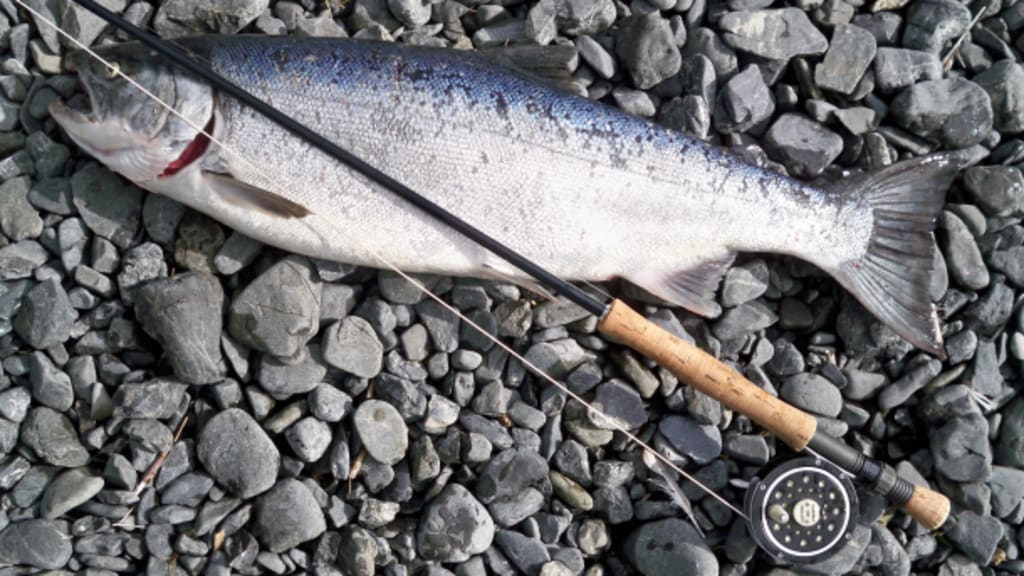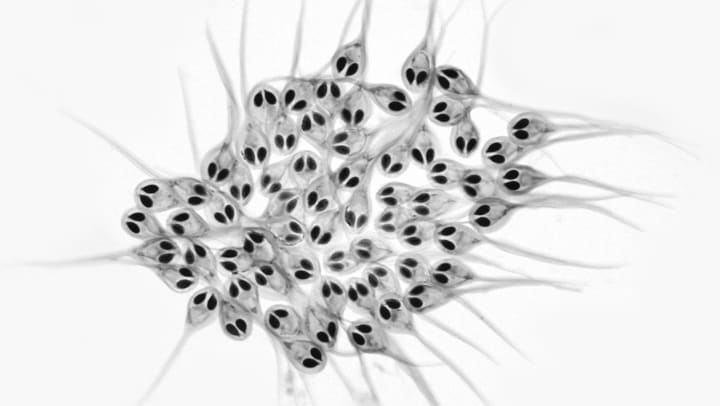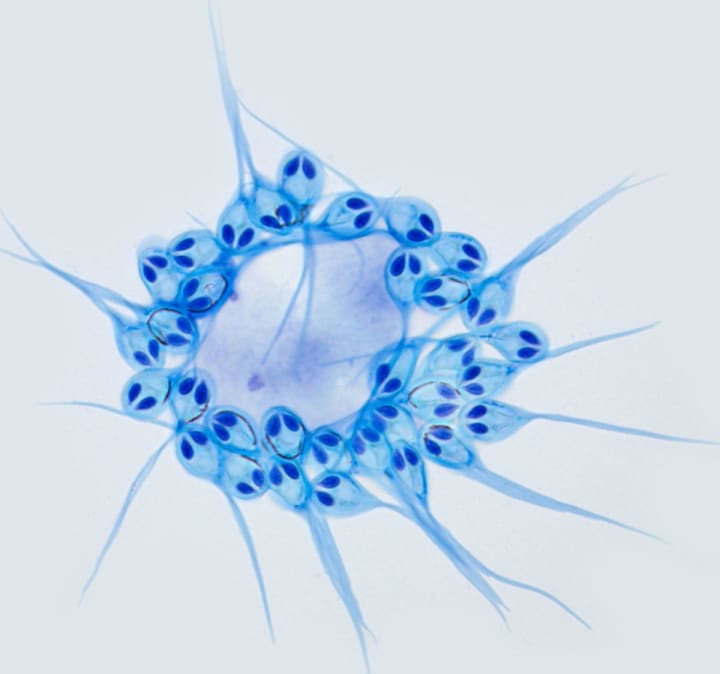
Henneguya salminicola: The Intriguing Parasite with a Unique Lifestyle
Henneguya salminicola is a fascinating parasite that has captured the attention of scientists and the general public alike. This organism is unique in many ways, from its bizarre lifestyle to its unusual genetic makeup. In this article, we will explore the world of Henneguya salminicola and learn more about this intriguing creature.
What is Henneguya salminicola?
Henneguya salminicola is a species of myxozoan, a group of parasites that infect fish and other aquatic organisms. Myxozoans are related to jellyfish and are known for their complex life cycles, which involve multiple hosts and often include both sexual and asexual reproduction.
Henneguya salminicola is found exclusively in the muscle tissue of salmon and other fish in the Pacific Northwest region of North America. This parasite is tiny, measuring only a few millimeters in length, and is often invisible to the naked eye.
The lifestyle of Henneguya salminicola

One of the most intriguing things about Henneguya salminicola is its unusual lifestyle. Unlike most parasites, which consume their hosts' tissues or blood, Henneguya salminicola does not seem to cause any harm to its host. Instead, it lives a peaceful existence within the muscle tissue, where it forms tiny cysts.
The cysts of Henneguya salminicola are filled with spores, which are the reproductive structures of the parasite. These spores are released into the water when the host fish dies and decomposes, where they can infect other fish and continue the life cycle of the parasite.
The genetic makeup of Henneguya salminicola
Another intriguing aspect of Henneguya salminicola is its genetic makeup. Unlike most animals, which have a genome made up of DNA, Henneguya salminicola has a genome composed entirely of RNA.
RNA, or ribonucleic acid, is a molecule that is closely related to DNA and plays a crucial role in the process of protein synthesis. However, RNA is typically much less stable than DNA and is not typically found as the primary genetic material in organisms.
The discovery of a creature with an RNA-only genome was a surprise to scientists, who had never seen anything like it before. Some have suggested that Henneguya salminicola could be a missing link in the evolution of life on Earth, representing an early stage in the development of genetic material.
The history of Henneguya salminicola research

Henneguya salminicola was first described in 1893 by the French biologist Charles Gravier. However, for many years, little was known about this parasite, and it was largely ignored by the scientific community.
It wasn't until the 1980s and 1990s that researchers began to take a renewed interest in Henneguya salminicola. Advances in microscopy and molecular biology allowed scientists to study this parasite in greater detail, and they soon discovered many of its unique features, such as its RNA-only genome.
Today, Henneguya salminicola remains an active area of research, with scientists continuing to study its biology, genetics, and evolution.
The significance of Henneguya salminicola
While Henneguya salminicola may seem like a curiosity, it has important implications for our understanding of the natural world. This parasite, and others like it, play a vital role in the ecology of aquatic ecosystems.
For example, the cysts of Henneguya salminicola can persist in the environment for long periods, even after the host fish has died. This means that they can infect other fish long after the initial host has passed away. This has important implications for the management of fish populations and the conservation of aquatic ecosystems.
Henneguya salminicola and other myxozoans are also of interest to researchers studying the evolution of life on Earth. The unique genetic makeup of Henneguya salminicola, with its RNA-only genome, has led some scientists to speculate about the origins of genetic material and the evolution of life.
Furthermore, the unusual lifestyle of Henneguya salminicola, living peacefully within the muscle tissue of its host without causing any harm, is also of interest to scientists studying host-parasite interactions. Understanding how parasites can coexist with their hosts without causing harm could have important implications for the development of new treatments for human diseases caused by parasitic infections.
Conclusion
Henneguya salminicola is a remarkable organism that has captured the attention of scientists and the general public alike. This tiny parasite, with its unique genetic makeup and unusual lifestyle, is of great interest to researchers studying everything from the evolution of life on Earth to the ecology of aquatic ecosystems.
While much remains unknown about Henneguya salminicola and other myxozoans, ongoing research is helping to shed light on these fascinating creatures. As we continue to learn more about Henneguya salminicola, we may gain new insights into the mysteries of the natural world and the origins of life itself.






Comments
There are no comments for this story
Be the first to respond and start the conversation.